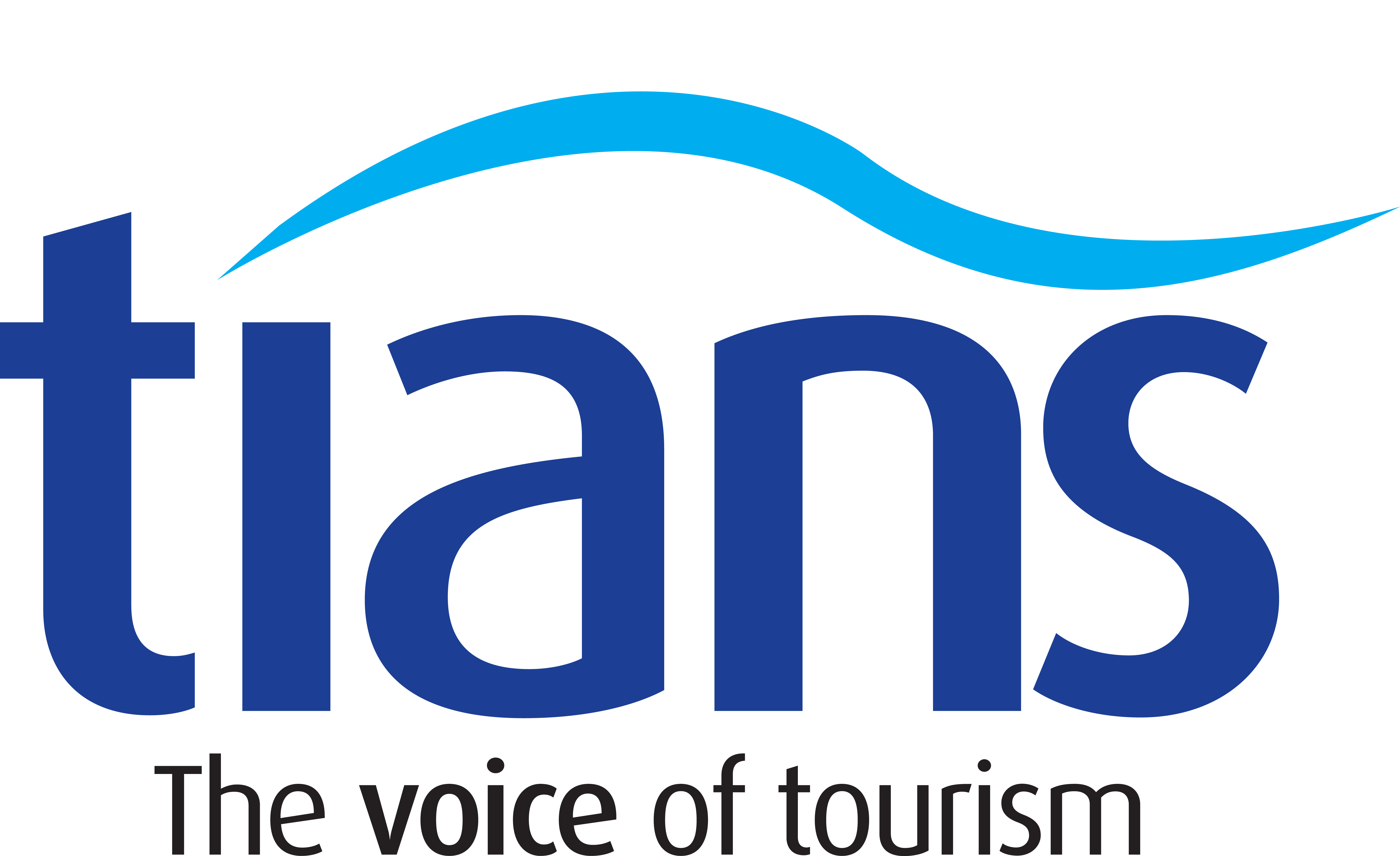Tourism is a giant of the global economy. People went on 1.4bn foreign trips in 2018, twice the number in 2000 (see chart 2). In that time a rich-country habit became a global one. Such was the scramble to attract tourists, countries started projecting themselves as global travel brands (think Incredible India! or Epic Estonia). By the industry’s reckoning, 330m jobs—from well-paid airline pilots to tour guides and dishwashers working unseen in expensive resorts—depend on travellers. Many of those are local; about three-quarters of all tourism in rich countries is within national borders, according to the oecd, a club of mostly rich countries.
The health of national exchequers, as well as the shape of sectors from restaurants to hotels and luxury goods (which are often bought while people are on holiday), will depend on what tourism looks like when it is allowed to resume. Hotels and airlines are using the upheaval as an opportunity to rework how they function. Families are rethinking how and where they can safely take their holidays. Many of the changes will last only until a vaccine for covid-19 appears. But some will stick. How people start to travel in 2020—or 2021—will shape how they travel for years thereafter.

